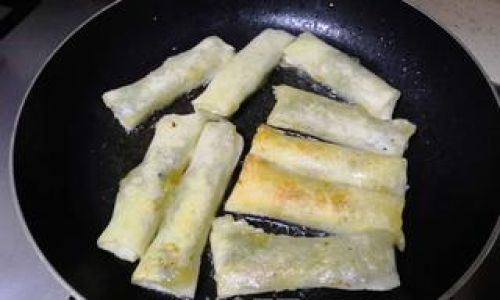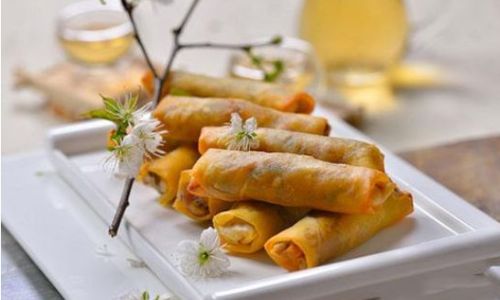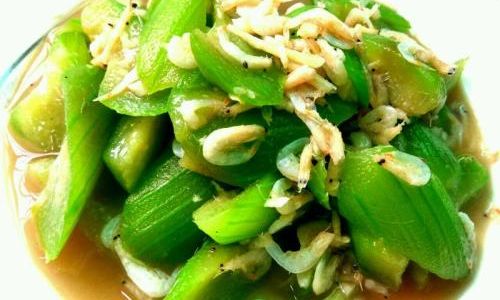Introduction
The concept of caiqing (才情)—a term deeply rooted in Chinese cultural and philosophical traditions—transcends simple definitions of talent or intellect. It embodies a harmonious fusion of cognitive brilliance and emotional sensitivity, a synthesis that has long been revered as the hallmark of artistic, literary, and even philosophical excellence. To grasp the full meaning of caiqing is to appreciate how human creativity flourishes at the intersection of reason and feeling, logic and intuition. This article delves into the multifaceted nature of caiqing, tracing its historical origins, dissecting its components, and examining its relevance in contemporary society. By exploring its role in shaping great minds and works of art, we uncover why caiqing remains a timeless ideal for personal and collective growth.

Historical Roots: The Birth of a Concept
The term caiqing emerged from classical Chinese thought, where scholars and poets sought to articulate the qualities that distinguished extraordinary individuals. The character cai (才) denotes innate talent, skill, or intellectual capacity, while qing (情) refers to emotion, passion, or human sentiment. Together, they form a compound that captures the duality of human potential: the ability to master technical prowess while remaining deeply attuned to the nuances of human experience.
In ancient China, caiqing was closely associated with the literati—scholar-officials who balanced administrative duties with artistic pursuits. Figures like Li Bai (701–762 CE), often called the “Poet Immortal,” exemplified this ideal. His verse, marked by breathtaking imagery and unrestrained emotion, reflected a mind equally adept at composing poetry and navigating political intrigue. Similarly, Su Shi (1037–1101 CE), a polymath known for his poetry, prose, painting, and calligraphy, demonstrated how caiqing could transcend disciplinary boundaries. His work in the civil service did not stifle his creativity but rather enriched it, suggesting that intellectual rigor and emotional depth could coexist.
The Confucian tradition, with its emphasis on self-cultivation (xiu shen), provided a philosophical framework for caiqing. Confucius himself advocated for the unity of ren (benevolence) and li (ritual propriety), arguing that true virtue arose from aligning inner feelings with ethical action. This alignment mirrors the essence of caiqing: the marriage of inner sentiment and outward expression. Meanwhile, Daoist philosophers like Zhuangzi (4th century BCE) celebrated spontaneity and intuition, qualities that align with the qing aspect of the concept. For Daoists, caiqing was not cultivated but emerged naturally from a life lived in harmony with the Dao (the Way).
The Components of Caiqing: Talent, Emotion, and Beyond
Caiqing is not a monolithic trait but a dynamic interplay of several interrelated qualities:
-
Intellectual Curiosity and Mastery
At its core, caiqing demands exceptional cognitive ability. This includes not just raw intelligence but also the discipline to hone one’s skills through rigorous study and practice. A painter, for instance, must master techniques of composition, color theory, and brushwork. However, true caiqing transforms technical mastery into something greater: a vehicle for emotional expression. -
Emotional Depth and Sensitivity
The qing component of caiqing requires an individual to engage deeply with their own emotions and those of others. This empathy allows artists to create works that resonate universally. Consider the novels of Cao Xueqin (Dream of the Red Chamber), which explore human desires, sorrows, and contradictions with profound psychological insight. Such emotional intelligence enables creators to transcend mere observation and evoke genuine empathy in their audience.
-
Creativity and Originality
Caiqing thrives on innovation. It is the ability to synthesize disparate ideas, cultures, or disciplines into something entirely new. The 18th-century playwright Kong Shangren, for example, blended traditional Chinese opera with elements of Western drama in his masterpiece The Peony Pavilion, creating a genre-defying work that challenged aesthetic norms. -
Synthesis of Reason and Feeling
Perhaps the most defining feature of caiqing is its integration of seemingly opposing forces. A scientist like Marie Curie, for instance, combined meticulous experimental rigor with a passion for uncovering nature’s secrets. Similarly, the architect I.M. Pei fused mathematical precision with an appreciation for cultural symbolism in designs like the Louvre Pyramid.
Cultural Contexts: East Meets West
While caiqing is a distinctly Chinese concept, its principles resonate across cultures. In Western thought, the Romantic movement of the 19th century celebrated the “genius” who, like their Chinese counterparts, merged intellect with passion. Poets such as Lord Byron and Percy Bysshe Shelley saw creativity as a divine spark, a fusion of rational thought and primal emotion. Similarly, the Renaissance polymath Leonardo da Vinci embodied the spirit of caiqing through his investigations into anatomy, engineering, and art, each informed by an insatiable curiosity about the natural world.
Modern psychology offers additional lenses to understand caiqing. Howard Gardner’s theory of multiple intelligences posits that human potential extends beyond logical-mathematical abilities to include interpersonal, intrapersonal, and emotional intelligence—all facets of caiqing. Daniel Goleman’s work on emotional intelligence further underscores the importance of self-awareness and empathy in effective leadership and creativity, qualities central to the qing aspect of the concept.
Challenges and Criticisms
Despite its allure, caiqing is not without its critiques. Some argue that an overemphasis on emotional expression can lead to self-indulgence or a lack of intellectual rigor. In the 20th century, for example, the avant-garde movement prioritized shock value over technical skill, prompting debates about the balance between innovation and mastery. Similarly, Confucian scholars occasionally warned against letting passion overshadow moral duty, suggesting that caiqing must be tempered by ethical considerations.
Moreover, the pursuit of caiqing can be fraught with tension. The artist Vincent van Gogh, whose emotional turmoil fueled his revolutionary style, struggled with mental illness—a reminder that the fusion of talent and emotion can exact a personal cost. This duality raises questions: Can caiqing be cultivated without sacrificing stability? Or is its very essence tied to the struggle between order and chaos?

Modern Relevance: Caiqing in the 21st Century
In an era dominated by technology and specialization, caiqing offers a counterpoint to the fragmentation of human experience. The rise of interdisciplinary fields like neuroaesthetics, which explores the biological basis of creativity, reflects a growing recognition that art and science are not mutually exclusive. Similarly, the STEM to STEAM movement—which advocates for integrating arts into science, technology, engineering, and math education—echoes the caiqing ideal of holistic development.
Caiqing also holds lessons for leadership and innovation. In business, leaders who combine strategic acumen with emotional intelligence foster more collaborative and adaptable organizations. Elon Musk’s visionary goals for SpaceX and Tesla, for instance, are matched by his ability to inspire passion in his teams. Similarly, authors like Chimamanda Ngozi Adichie use their literary talent to address social issues, demonstrating how caiqing can drive meaningful change.
Conclusion: The Enduring Legacy of Caiqing
Caiqing is more than a historical curiosity; it is a living philosophy that invites us to reimagine human potential. By nurturing both our talents and our emotional lives, we unlock the capacity to create, innovate, and connect in ways that transcend individual limitations. In a world increasingly divided by specialization and polarization, the spirit of caiqing offers a roadmap to harmony—a reminder that the most profound insights emerge when mind and heart work in concert. As we confront the challenges of the 21st century, the pursuit of caiqing remains not just an artistic ideal, but a blueprint for a more integrated, empathetic, and creative future.






0 comments